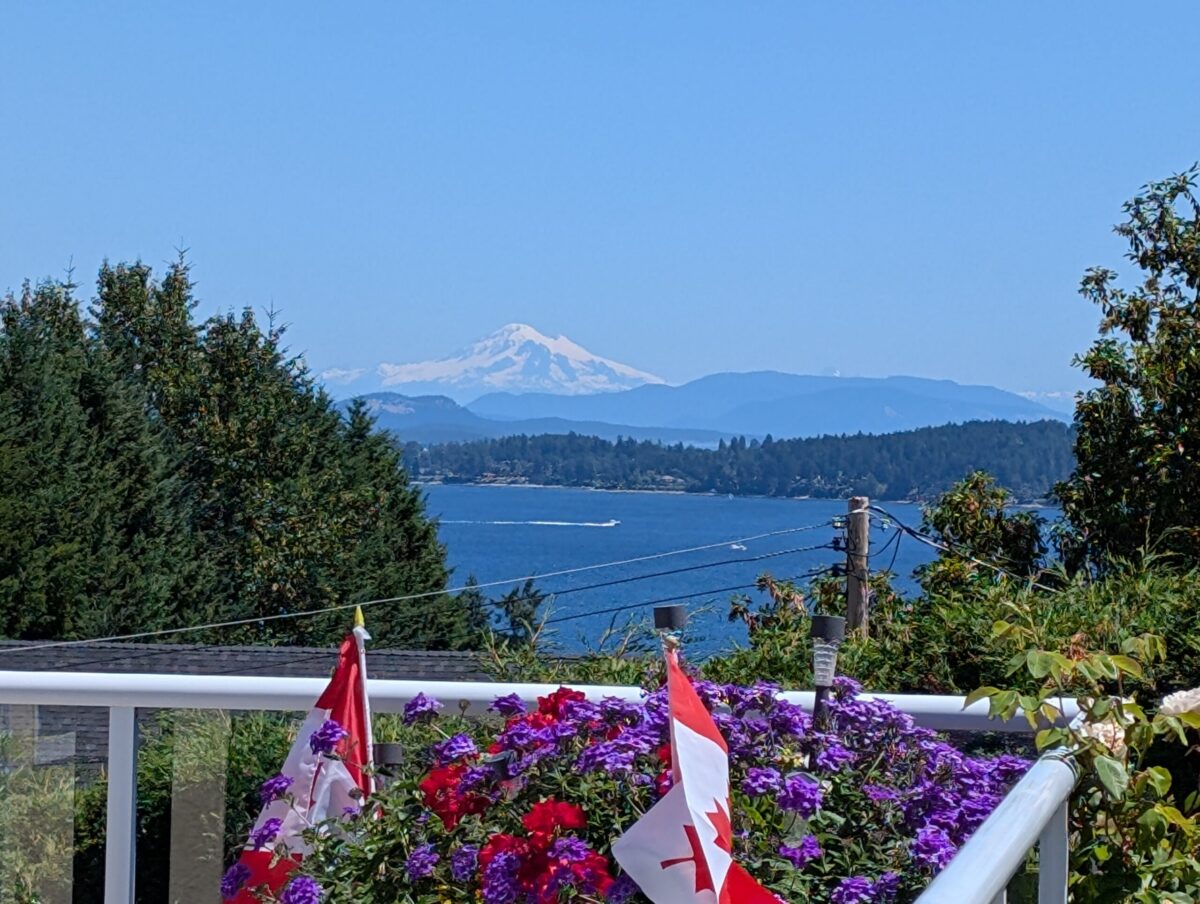Another excerpt from my latest book Red Jewel. Almost finished:
We spent a lot of time together in the summer of 1951. One Saturday in August Mr Sommers had a surprise for us. We were going to sail to Dartmouth Castle for a picnic and adventure. It would be fantastic as the weather was brilliant, or brilly as Ruth would say.
Getting into “Lilly” with our rucksack of food and drink we were off. We were to head over to the Dartmouth side first and hug the shoreline as the tide would not be as strong there, although the tidal stream was never really strong in the harbour “but in a small sailing dinghy like “Lilley” you cannot be too careful” – so says our skipper.
The wind was just right for us. A close reach down and a run back.
It was a glorious day. Sunshine, warm, a blue cloudless sky, no need for a jumper or jacket except our life jackets which Mr Sommers demanded that we wear at all time. We did so as the sailing was fun. The town of Dartmouth lay off our starboard beam as we headed south. The town’s main quay was alive and busy. The townsfolk were out doing or minding their business. The streets and houses still bore the scars of the war but slowly they were coming out of that hellish coma to a vibrant rebirth, bright and colourful. Some of the vestiges of the pre-war slipways, dockyards wharves and coal houses could still be seen as was the odd gun or torpedo boats that were waylaid across a tidal flat or secured to a buoy. Soon they would be gone. The odd man or woman waved to us from ashore causing Ruth to energetically and enthusiastically wave back. “Oh look…look father…look at that” she would say at almost everything she saw.
The water of the Dart had a slight chop to it. It was the colour of a rich and deep indigo blue. Its contrast to the sky’s blueness was striking especially when measured against the rich green textures and hues of the surrounding deep foliage of trees and flowers. God’s natural palette, I thought. Thousands it seemed of trees and flora, of many colours and descriptions. They graced the hills above the harbour from the beaches, rocks and crevices of the shoreline, very lush. Looking north up the river this landscape of trees and foliage that hugged the shoreline and hung over parts of the Dart presented an aura of peace, tranquility and contentment. It was heaven, sleepingly so. To the south you could see how the Dart narrowed at the mouth of the estuary before spilling out and into the English sea or channel, with its entranceway guarded on both sides by rocky crags and cliffs as well as the artillery forts of Dartmouth Castle on the west bank of the narrows, with Kingswear Tower on the east side. Both of these castles were built hundreds of years ago as protection from foreign invasion, primarily from the French.
We sailed south and then altered slightly to the southeast following the contour and lines of the course of the Dart. It was interesting for me to look out to the east at Kingswear. I could make out my house on Church Hill just to the right of and up from the lower ferry slipway that connected Kingswear to Dartmouth. I could just detect the small window of my bedroom where I spent many an hour looking out at the very scene from which I now enjoyed this landscape. There, looking out of my bedroom window, idling my time away and dreaming of a better life from the cruel existence of living with my father.
Before long we were abreast of Warfleet Creek Road. We altered to starboard and made our way to a small landing on the south side of the little bay that was fed by Warfleet Creek. With our help Mr Sommers had Lilly secured along a small wharf. We disembarked, secured our belongings and made our way up to Castle Road. From there it would be a short half mile walk to Dartmouth Castle.
Check out my books via the links at the top of the page. They would make great Christmas gifts and you would be supporting a struggling Canadian author. Thanks.
The 80s were great for music. Videos thought were something else though. Great song by a lesser known Canadian band.
SJ…Out

